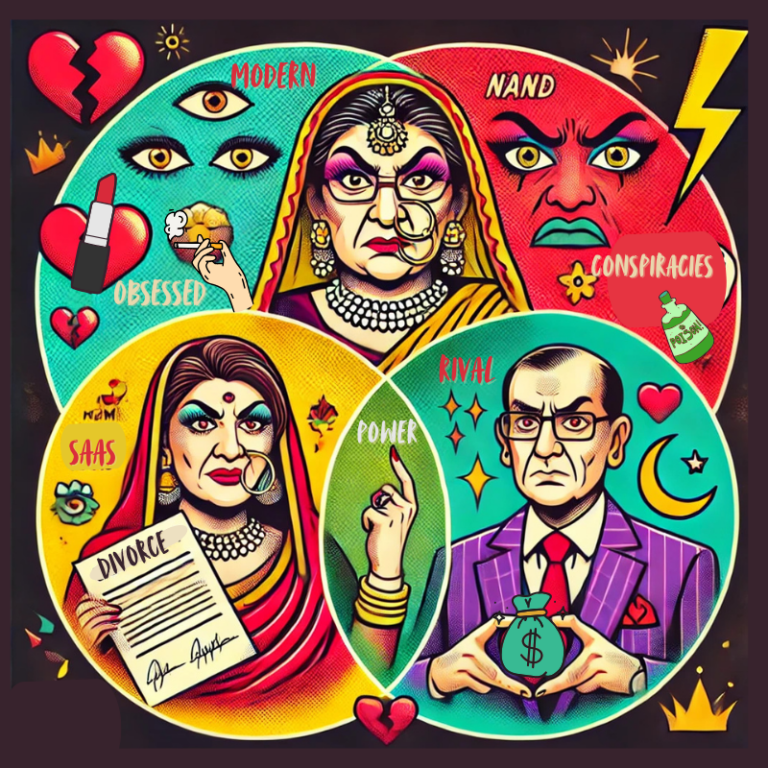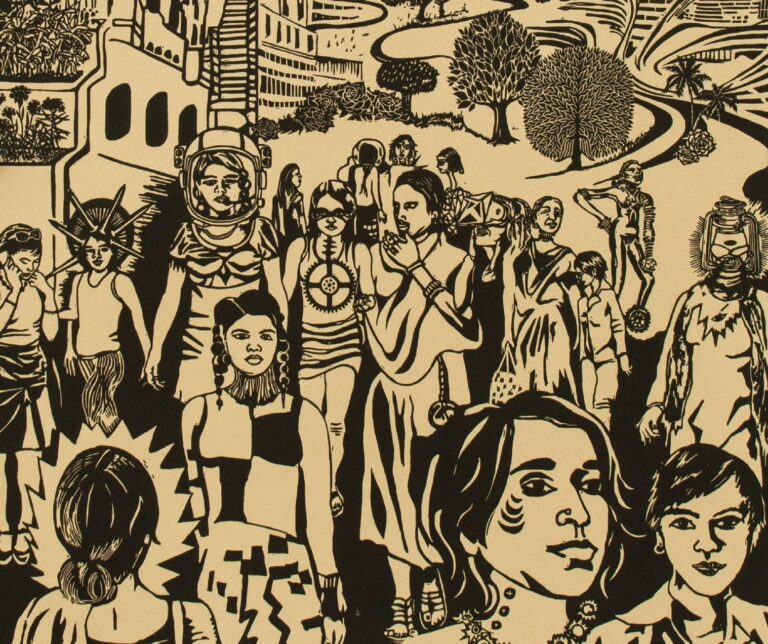In an era where attention spans are shrinking and content is abundant, capturing—and keeping—an audience has become a science.
Few understand this better than Jerjees Seja, CEO of ARY Digital Network and his brother, Abdullah Seja, COO of iDream Entertainment. With a track record of producing some of Pakistan’s biggest box office hits and over 80 successful drama projects, the Seja brothers have mastered the art of audience engagement.
From their strategic four-episode hook rule to fine-tuning storylines in real-time based on viewership drop-offs, their approach is part instinct, part calculated adaptation. But as Jerjees Seja boldly claims, “Content is no longer king, it’s an emperor.” In a world where streaming giants and traditional networks compete for eyeballs, the Sejas’ philosophy on relatability, habit-forming storytelling, and aggressive marketing provides a masterclass in media success.

The Four-Episode Rule: Mastering the Hook
If the first episode of a drama pulls in 10 million viewers, it’s not unusual for the second episode to see a drop—to around 5 million, according to Abdullah Seja. The challenge then becomes bringing those lost viewers back.
Seja’s strategy? Rework upcoming episodes. If the initial audience pull starts slipping, scenes are re-edited, pacing is adjusted, and cliffhangers are strategically placed to ensure that by the time the fourth episode airs, the audience is hooked.
“Once they’re in for four episodes,” says Abdullah, “it becomes a habit.” The audience forms an emotional connection with the characters, the story, or even the setting—whether it’s the wardrobe, the background score, or a particularly compelling backstory.

Content vs. Marketing: A Power Shift
While content remains critical, Jerjees Seja argues that marketing has become equally—if not more—important.
“If content alone was king, then every great script would be a hit,” he explains. “But it doesn’t work like that. The way you package, promote, and position content makes all the difference.”
This mindset is reflected in the big-budget, blockbuster-style promotions that ARY Digital uses to market its dramas and films. Star-studded premieres, viral teaser campaigns, social media trends, and influencer-driven conversationshave become essential tools in making a drama go from a sleeper hit to a cultural phenomenon.
Also Read: The Ultimate 2025 Watch List (ARY)
Targeting Audiences: The MrBeast Factor
Seja emphasizes that all media—traditional or digital—is ultimately targeting audiences. He points to MrBeast, one of YouTube’s biggest content creators, as an example of how success is not just about production value, but about capturing and sustaining attention.
“He is relevant to his audience,” Seja says. “It’s not just about making high-quality content, but making sure people actually watch it.”
For him, content design becomes extraordinary when it has digital design built into it. The best content isn’t just about strong scripts—it’s about knowing how, when, and where the audience will consume it.
The Distribution Game: Legacy Media vs. New Media
“We were on all channels,” says Seja, underscoring ARY’s aggressive distribution strategy across multiple platforms. He believes this is where legacy media differs from independent digital creators.
“The difference between a new media individual and legacy media is community,” he explains. “Success isn’t just views—it’s when the ripple effect creates a community that keeps coming back.”
Building returning audiences is the next big challenge, especially in a digital ecosystem still in its foundation stage.Seja notes that Pakistan’s OTT (Over-the-Top) platform space is nonexistent, forcing the industry to rely heavily on YouTube as a primary distribution platform.

Live E-Commerce & Smart Brand Integration: The Future of Pakistani Media
Jerjees Seja also sees a future in live e-commerce within Pakistani media. Inspired by global trends, he predicts that interactive shopping experiences within content will become a major revenue stream.
However, he’s wary of blatant logo plastering in dramas, which often alienates audiences. Instead, he advocates for smarter brand integration, where products are subtly woven into the story without disrupting the narrative flow.
The Need for Audience Lifecycle Understanding
Pakistan’s digital landscape is evolving, but its market readiness still lags. According to Seja, both consumer behavior and content strategies must continuously adapt.
“There’s a greater need for understanding the audience lifecycle—how they consume content over time, what keeps them engaged, and how to grow a community of returning viewers,” he said in a podcast conversation with Mubariz Siddiqui.
For the Sejas, the future of media isn’t just about producing hit dramas—it’s about creating ecosystems where audiences don’t just watch, but engage, return, and invest in the content.
With Pakistani media at a pivotal moment, content creators who master this balance between innovation, marketing, and audience loyalty will define the next decade of entertainment.
.















